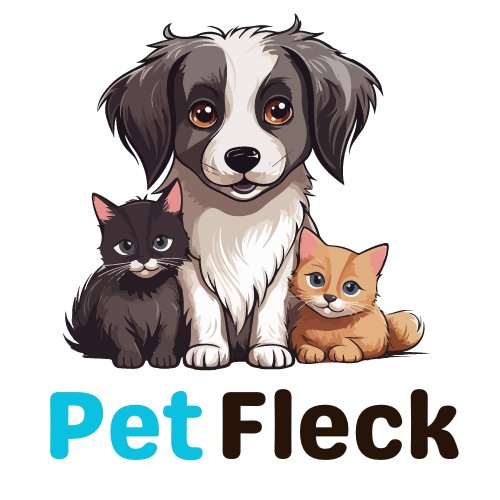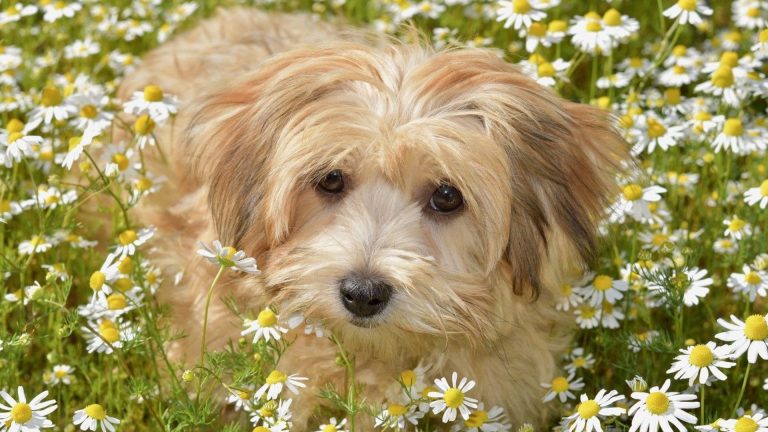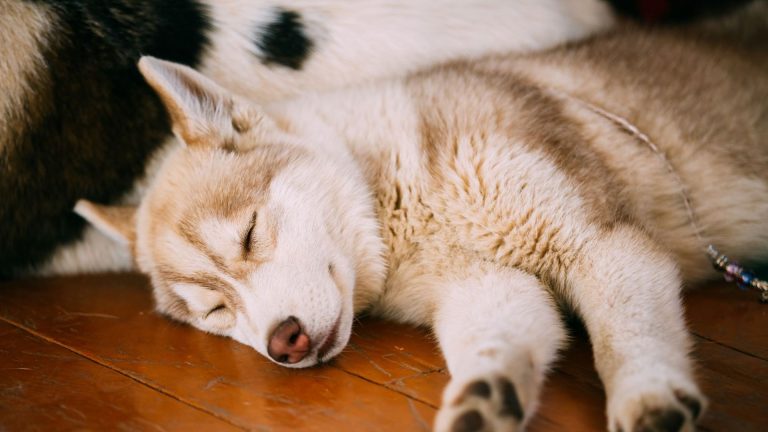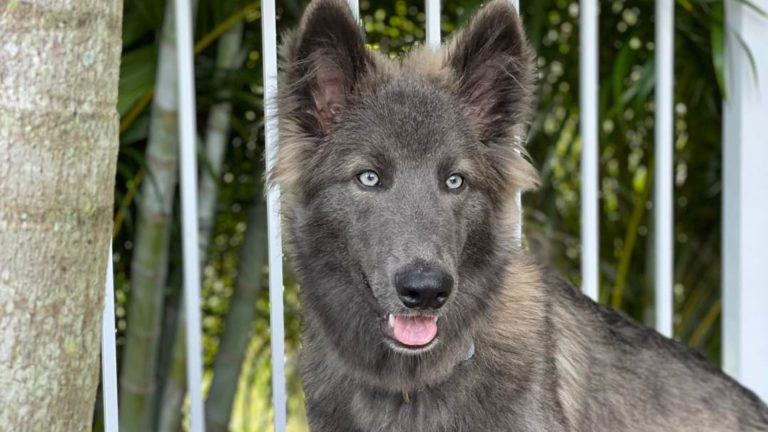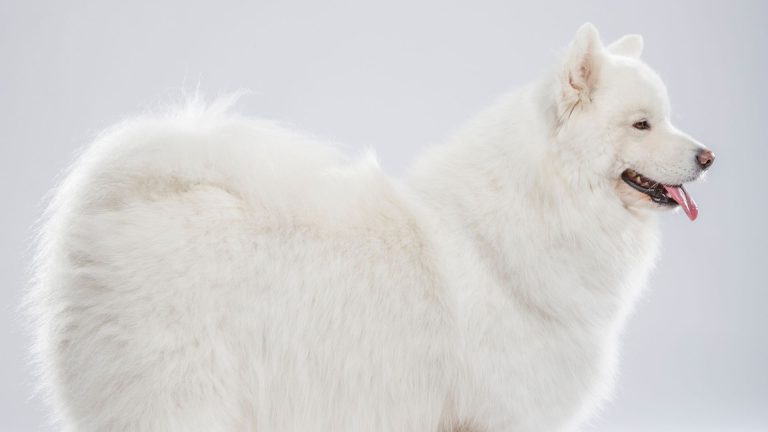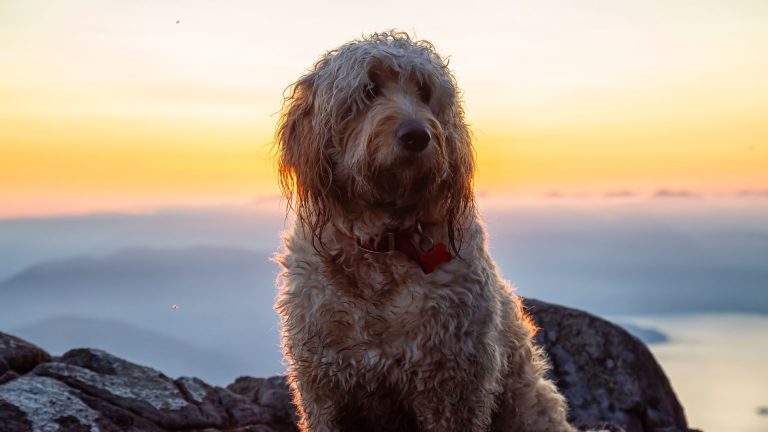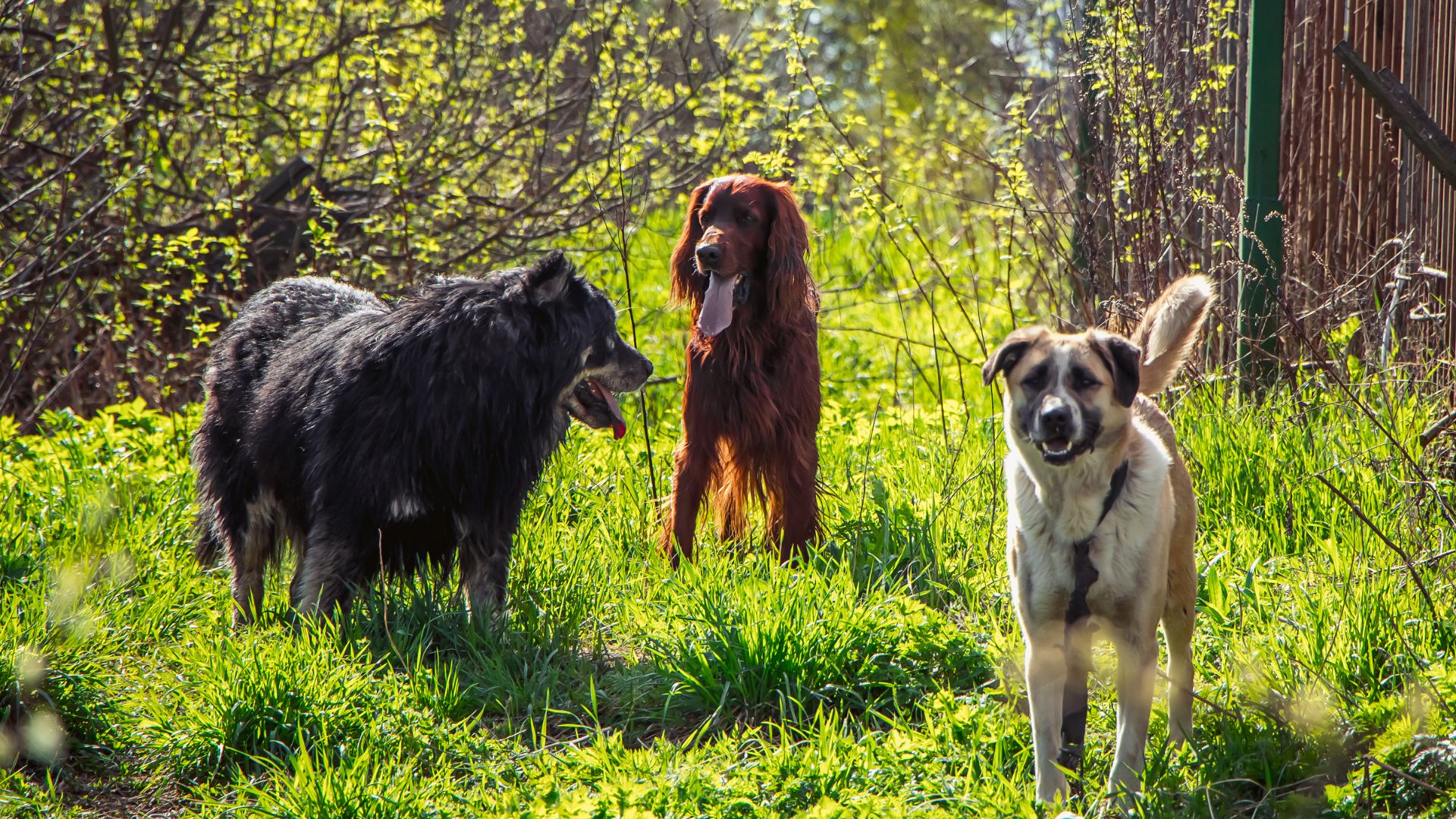
Contents
Dogs are known as man’s best friend, but not all breeds are created equal. Some dogs have a reputation for being more aggressive. These “mean” dog breeds often evoke fear and caution. But what exactly makes a dog breed mean?
A dog breed is considered mean if it shows higher levels of aggression. This aggression can manifest as biting, growling, or hostile behavior towards humans or other animals. Genetics play a significant role in this aggression. However, environment and training are also crucial factors.
Understanding mean dog breeds is important for several reasons. First, it helps potential dog owners make informed decisions. Knowing a breed’s temperament can guide them in choosing a pet that fits their lifestyle. Second, it promotes responsible ownership. Owners can take steps to properly train and socialize their dogs. Finally, it helps reduce the stigma against these breeds. Not all dogs in these categories are aggressive. With the right care, many can become loyal and gentle companions.
In this article, we’ll explore the top mean dog breeds. We’ll delve into their histories, characteristics, and behaviors. By the end, you’ll have a deeper understanding of these fierce yet fascinating canine companions.
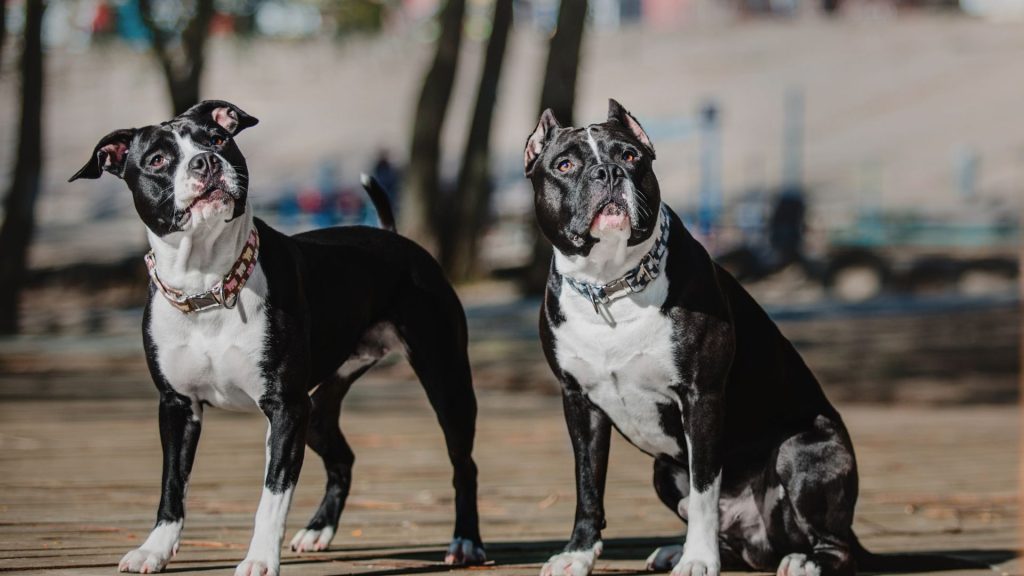
Understanding Dog Aggression
Dog aggression is a behavior where a dog shows hostile or violent actions. This can include growling, biting, or barking aggressively. Such behaviors are concerning and can be dangerous if not managed properly.
Several common causes can lead to aggression in dogs. Fear is a major trigger. A dog might become aggressive when it feels threatened. Territorial behavior is another cause. Dogs often become aggressive to protect their space or resources. Pain or illness can also lead to aggression. When a dog is hurt, it might lash out even at familiar people. Additionally, lack of socialization can result in aggressive behavior. Dogs that are not exposed to various people and environments during their early development may react aggressively out of unfamiliarity.
Both genetics and environment influence dog aggression. Some breeds are genetically predisposed to be more aggressive. For instance, breeds developed for guarding or protection may have a higher tendency towards aggression. However, the environment also plays a crucial role. Dogs raised in abusive or neglectful environments are more likely to develop aggressive behaviors. Proper training, socialization, and a loving environment can mitigate these tendencies.
Understanding these factors helps in managing and reducing aggression in dogs. It also promotes a safer and healthier relationship between dogs and their owners.
Top Mean Dog Breeds
Here are some of the top mean dog breeds known for their fierce and protective nature. Let’s explore their histories, characteristics, and behaviors in detail.
#1. Chow Chow
The Chow Chow is an ancient breed originating from northern China. These dogs were initially bred for various purposes, including hunting, herding, pulling carts, and guarding homes. The breed’s history dates back over 2,000 years, and it is often associated with Chinese royalty and nobility.
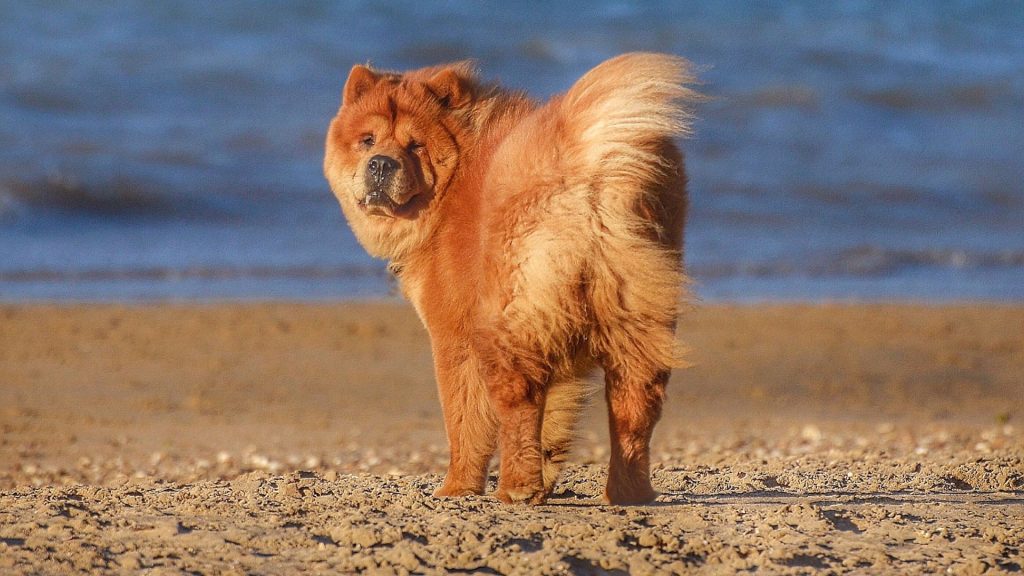
Physical Characteristics
Chow Chows are known for their distinctive appearance. They have a sturdy, square-built frame and a dense double coat that can be rough or smooth. Their coat colors range from red, black, blue, cinnamon, to cream. One of their most notable features is their blue-black tongue. They also have a unique lion-like mane around their necks.
| Characteristic | Description |
|---|---|
| Height | 17-20 inches |
| Weight | 45-70 pounds |
| Coat | Dense, double-layered |
| Colors | Red, black, blue, cinnamon, cream |
| Lifespan | 8-12 years |
Temperament and Why They Are Considered Mean
Chow Chows are often considered mean due to their aloof and reserved nature. They are known for being independent and can be very stubborn. This breed is naturally protective of its family and territory, which can make them wary of strangers. Without proper socialization and training, this wariness can escalate into aggression.
Chow Chows also have a high prey drive, making them potentially dangerous to smaller animals. Their strong-willed nature means they require a firm and consistent hand in training. Owners must establish themselves as the leader from an early age.
Additionally, Chow Chows are not very tolerant of rough handling, which can lead to defensive biting if they feel threatened or annoyed. Their protective instincts, combined with their aloof demeanor, contribute to their reputation as a mean dog breed.
Despite their reputation, with the right training and socialization, Chow Chows can be loyal and loving companions. They are best suited for experienced dog owners who understand their unique needs and characteristics.
#2. Doberman Pinscher
The Doberman Pinscher, often simply called the Doberman, was developed in the late 19th century by Karl Friedrich Louis Dobermann, a German tax collector. Dobermann wanted a loyal and protective companion to accompany him on his rounds, leading him to breed dogs with specific traits for protection, loyalty, and intelligence. The result was the Doberman Pinscher, a breed that quickly became known for its guarding and police work.
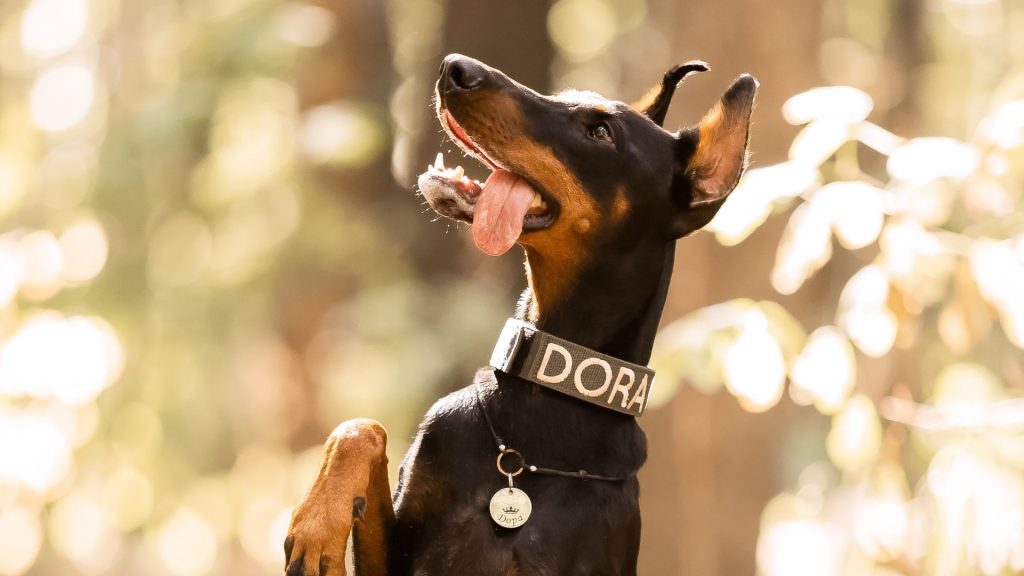
Physical Characteristics
Doberman Pinschers are medium to large-sized dogs known for their sleek and powerful build. They have a short, smooth coat that comes in various colors, including black, blue, red, and fawn, often with rust markings.
| Characteristic | Description |
|---|---|
| Height | 24-28 inches |
| Weight | 60-100 pounds |
| Coat | Short, smooth |
| Colors | Black, blue, red, fawn with rust markings |
| Lifespan | 10-13 years |
Temperament and Why They Are Considered Mean
Doberman Pinschers are often considered mean due to their reputation as guard dogs. They are naturally protective and alert, making them excellent watchdogs. This protective instinct can sometimes be perceived as aggression, especially towards strangers.
Dobermans are highly intelligent and energetic, requiring regular mental and physical stimulation. Without proper training and exercise, they can become bored and exhibit destructive behavior. Their strong-willed nature means they need a confident and experienced owner who can provide consistent training.
Additionally, Dobermans are known for their loyalty and attachment to their families. They can be very territorial and may show aggression towards unfamiliar people or animals who they perceive as threats. This breed’s protective nature, combined with its strength and speed, can make them formidable when not properly managed.
Despite their reputation, Doberman Pinschers can be affectionate and loyal companions. With proper socialization, training, and a firm hand, they can be gentle and loving family pets. They are best suited for owners who are experienced and can dedicate time to their training and exercise needs.
#3. Rottweiler
The Rottweiler is one of the oldest herding breeds, with origins dating back to the Roman Empire. The Romans used Rottweilers to herd livestock and protect their camps. The breed was further developed in the German town of Rottweil, where they were used as cattle dogs and guard dogs. The Rottweiler’s robust build and working ability made them invaluable in various roles, including pulling carts and serving in the military.
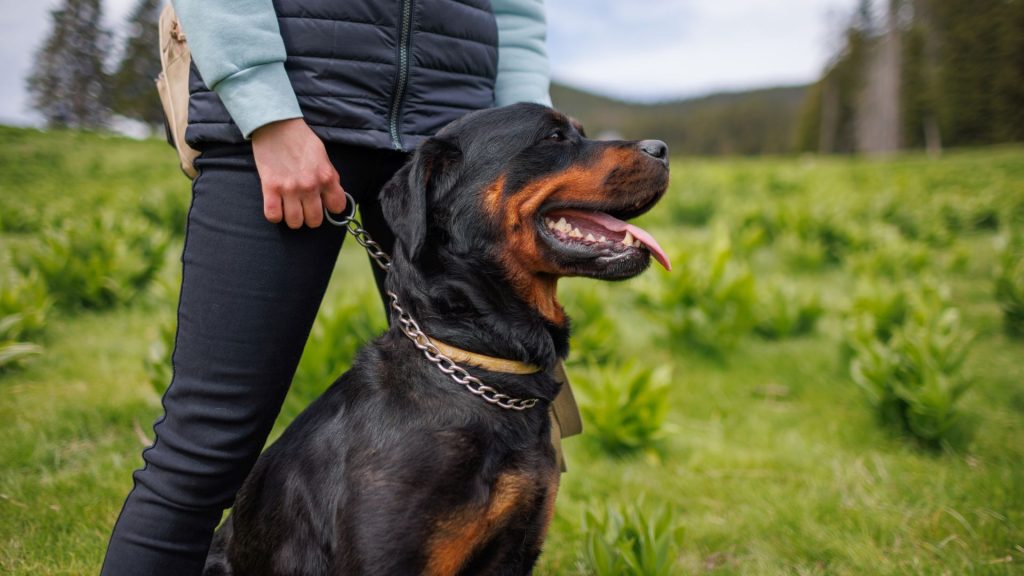
Physical Characteristics
Rottweilers are large, powerful dogs with a distinctive appearance. They have a muscular build and a short, dense coat that is black with rust or mahogany markings. Their strong, broad heads and well-defined muscles contribute to their formidable presence.
| Characteristic | Description |
|---|---|
| Height | 22-27 inches |
| Weight | 80-135 pounds |
| Coat | Short, dense |
| Colors | Black with rust/mahogany markings |
| Lifespan | 8-10 years |
Temperament and Why They Are Considered Mean
Rottweilers are often perceived as mean due to their protective nature and powerful build. They are naturally confident and fearless, which makes them excellent guard dogs. However, without proper training and socialization, these traits can manifest as aggression.
Rottweilers are highly intelligent and loyal, forming strong bonds with their families. They are naturally wary of strangers and can be aggressive if they sense a threat to their loved ones. This protective instinct, coupled with their strength, can lead to aggressive behavior if not properly managed.
Proper training and socialization from an early age are crucial for Rottweilers. They need a firm and consistent owner who can establish leadership. Without this, they may become dominant and difficult to control. Their assertive nature requires experienced handling to ensure they are well-behaved and balanced.
#4. American Pit Bull Terrier
The American Pit Bull Terrier, often called the Pit Bull, originated in 19th-century England. Breeders developed them for bull-baiting and later dog fighting, mixing bulldogs and terriers to combine strength, athleticism, and tenacity. Immigrants brought these dogs to America, where they evolved into the American Pit Bull Terrier. In the United States, they became farm dogs and family companions, known for their loyalty and work ethic.
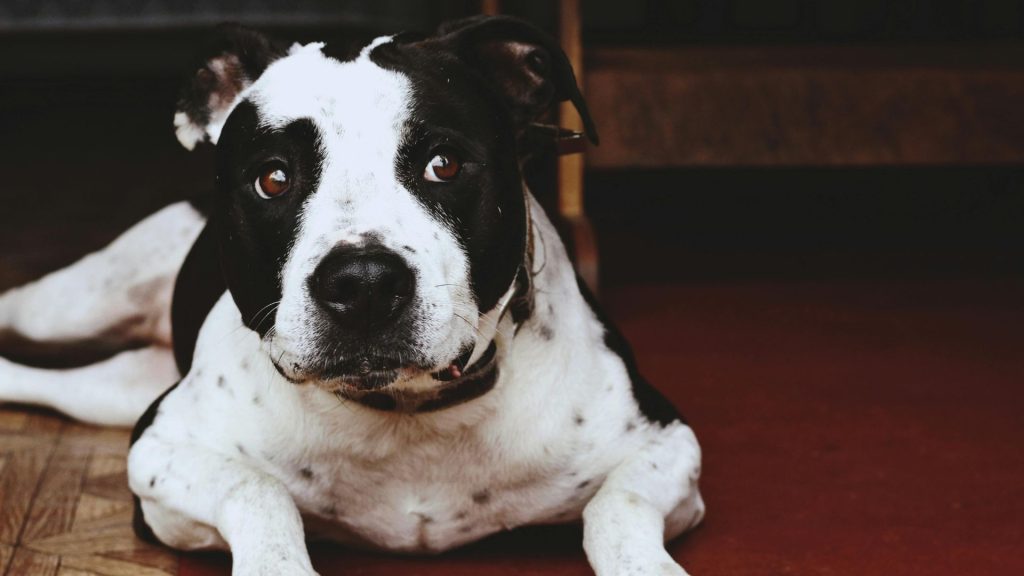
Physical Characteristics
American Pit Bull Terriers are medium-sized, muscular dogs with a solid, athletic build. They have a short, glossy coat that can come in any color or pattern. Their broad heads and strong jaws are notable features, giving them a powerful appearance.
| Characteristic | Description |
|---|---|
| Height | 17-21 inches |
| Weight | 30-60 pounds |
| Coat | Short, glossy |
| Colors | Any color or pattern |
| Lifespan | 12-16 years |
Temperament and Why They Are Considered Mean
People often label American Pit Bull Terriers as mean due to their history and physical appearance. However, their true temperament is more complex. They exhibit high energy, intelligence, and a strong desire to please their owners. These traits make them highly trainable but also require consistent and firm training.
Pit Bulls naturally protect and remain very loyal to their families. This protective nature can sometimes appear as aggression, especially towards strangers or other animals. Their powerful build and strong jaws contribute to the perception of being mean, particularly if they do not receive proper socialization.
Another factor contributing to their reputation is their use in illegal dog fighting rings, which has stigmatized the breed. Dogs bred and trained for fighting can exhibit aggressive behaviors, but this is a result of their upbringing rather than an inherent trait.
With proper training, socialization, and a loving environment, American Pit Bull Terriers can be affectionate, loyal, and gentle pets. Responsible ownership is key to managing their energy and protective instincts positively. Owners must establish themselves as the pack leader and provide ample opportunities for exercise and mental stimulation. When these needs are met, Pit Bulls can thrive as devoted and friendly companions, defying their unfair reputation as mean dogs.
#5. Akita Inu
The Akita Inu, commonly known as the Akita, originates from Japan. The breed was developed in the mountainous northern regions of Japan, specifically the Akita Prefecture. Historically, Akitas were used for hunting large game such as bears, boars, and deer. They were also employed as guard dogs. The breed holds a special place in Japanese culture, symbolizing good health, happiness, and long life.

Physical Characteristics
Akitas are large, powerful dogs with a robust build. They have a thick double coat, which can be any color including white, brindle, or pinto. Their broad heads, erect ears, and curled tails give them a distinguished appearance.
| Characteristic | Description |
|---|---|
| Height | 24-28 inches |
| Weight | 70-130 pounds |
| Coat | Thick double coat |
| Colors | Various, including white, brindle, pinto |
| Lifespan | 10-15 years |
Temperament and Why They Are Considered Mean
Akitas are often considered mean due to their strong-willed and independent nature. They are known for being aloof and reserved, particularly with strangers. This wariness can sometimes be interpreted as aggression. Akitas are naturally protective of their families and territories, making them excellent guard dogs but potentially aggressive if not properly managed.
Their hunting background contributes to a high prey drive, which can make them aggressive towards smaller animals. Additionally, Akitas are known for their dominant personalities. They require firm, consistent training and socialization from an early age to ensure they develop into well-behaved adults. Without proper leadership, Akitas may become stubborn and challenging to handle.
Training and Managing Mean Dog Breeds
Training aggressive dog breeds requires patience, consistency, and a firm approach. Here are some tips:
- Start Early: Begin training and socializing your dog as a puppy. Early exposure to various people, animals, and environments helps prevent aggressive tendencies.
- Positive Reinforcement: Use positive reinforcement techniques, such as treats and praise, to encourage good behavior. Avoid using harsh punishments, as they can increase aggression.
- Consistency is Key: Be consistent with commands and rules. Inconsistent training can confuse the dog and lead to unwanted behaviors.
- Professional Help: If you struggle with training, seek help from a professional dog trainer or behaviorist. They can provide tailored guidance and techniques for managing aggression.
- Obedience Training: Enroll your dog in obedience classes to teach them basic commands and proper behavior. Obedience training builds a foundation for further training.
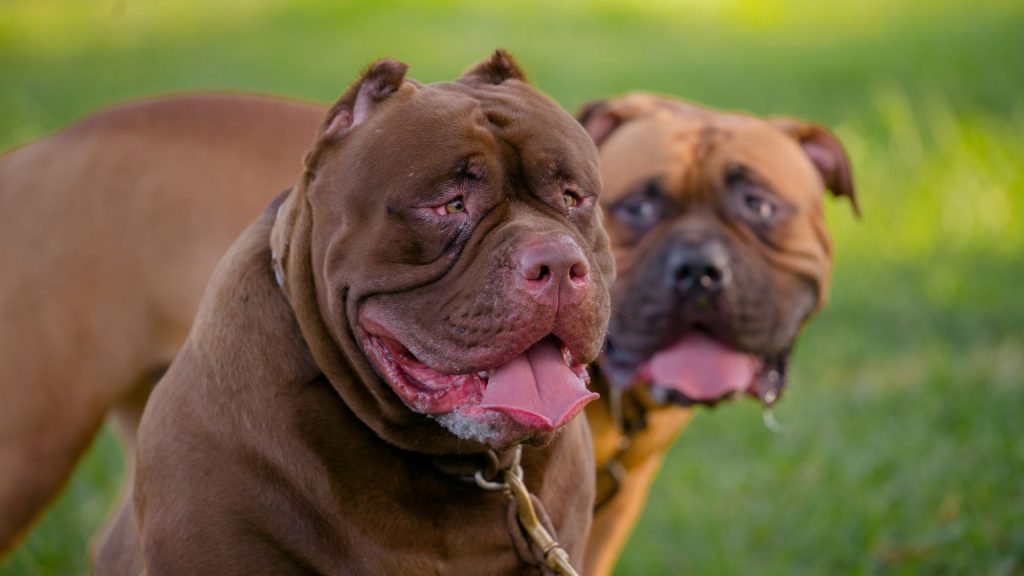
Importance of Socialization
Socialization is crucial for preventing aggression in dogs. Here’s why:
- Reduces Fear: Well-socialized dogs are less likely to be fearful of new experiences, people, and other animals. Fear often leads to aggressive behavior.
- Builds Confidence: Exposure to different situations builds a dog’s confidence. Confident dogs are less likely to react aggressively.
- Encourages Good Behavior: Socialization teaches dogs how to interact appropriately with others. It helps them learn boundaries and acceptable behavior.
Socialize your dog by introducing them to a variety of people, places, and other animals. Regular walks in different environments, visits to dog parks, and playdates with other dogs are great ways to socialize your pet.
Safety Measures for Owners and the Public
Safety is paramount when owning an aggressive breed. Here are some measures to ensure safety for both the dog and the public:
- Secure Environment: Ensure your home and yard are secure. High fences and locked gates prevent your dog from escaping and encountering strangers.
- Proper Restraint: Always use a leash and a sturdy collar or harness when walking your dog. This gives you control in unexpected situations.
- Warning Signs: Consider putting up warning signs on your property to inform visitors of your dog’s presence. This can prevent surprise encounters.
- Supervision: Never leave your dog unsupervised around children or unfamiliar people. Even well-trained dogs can react unpredictably.
- Regular Veterinary Care: Regular check-ups with a veterinarian can help identify and address any health issues that might contribute to aggression.
By following these tips and measures, you can effectively train and manage mean dog breeds, ensuring a safe and harmonious relationship with your pet and the community.
Misconceptions and Myths
Aggressive dog breeds often face several misconceptions. One common myth is that these breeds are inherently dangerous and cannot be trusted. Another myth is that they are not suitable as family pets. These misconceptions lead to unnecessary fear and discrimination against certain breeds.
How Media Influences Perception
The media plays a significant role in shaping public perception. Sensational stories about dog attacks often highlight specific breeds, reinforcing negative stereotypes. This biased portrayal can overshadow the many positive stories and responsible ownership practices involving these breeds.
Examples of Well-Behaved Dogs From These Breeds
Despite their reputation, many dogs from so-called aggressive breeds are well-behaved and loving companions. For instance, Pit Bulls like “Sergeant Stubby,” a decorated World War I hero, and Rottweilers like “Wynd,” a certified therapy dog, exemplify how proper training and care can result in exemplary behavior. These examples demonstrate that with responsible ownership, any breed can be a wonderful pet.
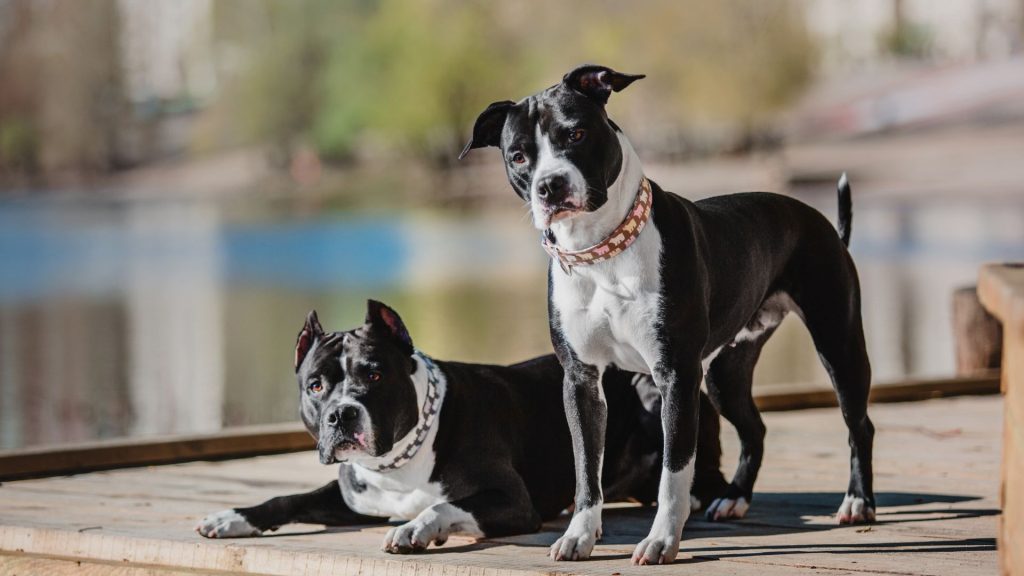
Conclusion
Understanding mean dog breeds is essential for potential owners and the public. We’ve explored the histories, traits, and behaviors of breeds like the Chow Chow, Doberman Pinscher, Rottweiler, American Pit Bull Terrier, and Akita Inu. These breeds can appear aggressive, but their behavior depends on genetics, environment, and training.
Proper training, socialization, and responsible ownership are crucial. Not all dogs in these breeds are aggressive; many are loving and loyal. Educating yourself and others can reduce stigma and promote safer interactions. With the right care, mean dog breeds can be wonderful companions.

Hello, I’m Donna Carter, the founder and writer behind PetFleck.com. My journey with dogs started years ago, and it’s been a passion that has only grown stronger over time. I’ve always been fascinated by the unique behaviors and characteristics of different dog breeds, and this curiosity has led me to dive deep into the world of canine studies.
My love for dogs is the driving force behind everything I do. I’ve dedicated countless hours to researching and understanding the nuances of dog care, training, and breed-specific traits. This dedication helps me create content that is not only informative but also genuinely helpful for fellow dog lovers and owners.
At PetFleck, I combine my extensive knowledge and hands-on experience with my passion for dogs to provide valuable insights and tips. Whether it’s exploring different breeds or offering practical advice on dog care, I aim to share knowledge that makes a real difference in the lives of dogs and their families.
I’m thrilled to share my love for dogs with you through my writing. I hope my articles inspire and inform, helping you to better understand and appreciate the incredible bond we share with our furry friends.
Thank you for visiting PetFleck.com, and I look forward to connecting with you through our shared love of dogs!
